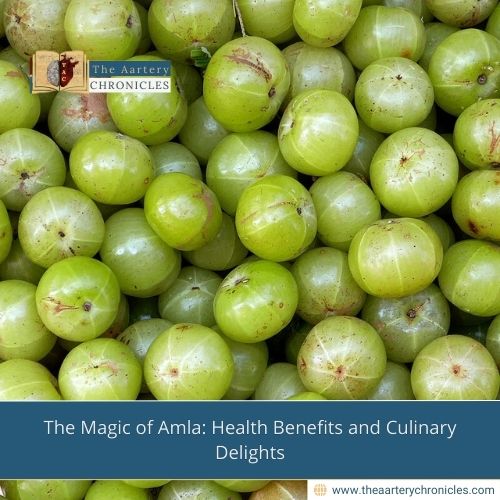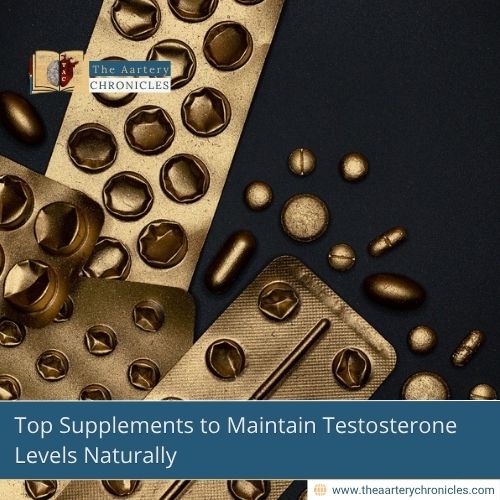

Is Brown Rice Healthier? What You Need to Know Before Your Next Meal
Summary: Brown rice is hailed for its fibre and nutrients, but a new study reveals a hidden danger: higher arsenic levels. This is especially risky for children under 5. Learn how to balance nutrition and food safety when choosing rice.
Think brown rice is the healthy choice? Think again.
A recent study reveals it may contain significantly more arsenic than white rice, posing a hidden risk, especially for children under five. While it’s praised for fiber and nutrients, brown rice could expose vulnerable populations to a toxic element we often overlook. Let’s break down what this new research says, why it matters, and how you can still make safe and smart food choices.
Brown vs. White Rice: What’s the Nutritional Trade-Off?
Brown rice keeps its bran layer intact, making it richer in fiber, protein, and B vitamins like niacin. White rice, by contrast, is more processed but also lower in arsenic. That’s the core of the debate: more nutrients vs. more toxins. It turns out this choice isn’t as simple as it seems.
Arsenic in Brown Rice: A Hidden Concern
A study led by Felicia Wu, a professor at Michigan State University, revealed that brown rice consumed in the U.S. contains higher levels of inorganic arsenic compared to white rice. This type of arsenic is particularly harmful and has been linked to
- Developmental issues in children
- Increased long-term cancer risk
“While we found that choosing brown rice over white rice would result in higher arsenic exposure on average, the levels should not cause long-term health problems unless someone ate an enormous amount of brown rice every day for years,” said Wu.
Rice Safety Depends on Where It's Grown
The arsenic content in rice varies based on where it’s grown. Here’s a breakdown:
- U.S.-grown white rice: ~33% of arsenic is inorganic
- U.S.-grown brown rice: ~48% is inorganic
- Globally-grown white rice: ~53% inorganic
- Globally-grown brown rice: ~65% inorganic
Why? Rice grown in flooded paddies absorbs arsenic from the soil more readily than other grains.
Who’s Most at Risk?
Infants and young children are especially vulnerable due to their smaller body size and higher food intake per pound.
- Populations with high rice consumption, Asian immigrant communities or those facing food insecurity also face a greater potential risk.
The Study Behind the Numbers
Wu and co-author Christian Scott analyzed data from U.S. food intake databases to calculate average rice consumption and potential arsenic exposure. Their findings suggest that while adults are generally safe, children under 5 could be at risk if brown rice is a staple in their diet.
It’s Not About Fear - It’s About Balance
This study isn’t meant to villainise brown rice. Wu emphasises:
“This exposure assessment is only one side of the equation… Even if arsenic levels are slightly higher in brown rice than white rice, more research is needed to demonstrate if the potential risks are mitigated by the nutritional benefits.”
What Could Change? Policy and Public Awareness
The U.S. FDA’s Closer to Zero initiative is moving toward setting stricter limits on arsenic in food. As consumers become more aware, experts hope they’ll make informed choices, whether that’s switching rice types occasionally or choosing rice from regions with lower arsenic levels.
Conclusion: So, Should You Stop Eating Brown Rice?
Not necessarily. But if you’re feeding young children or eat rice daily, it’s smart to:
- Alternate between white and brown rice
- Rinse rice thoroughly before cooking
- Diversify grains: Try quinoa, barley, or millet
- Choose U.S.-grown rice when possible
Ultimately, it’s about finding the right balance between nutrition and food safety. Brown rice isn’t “bad”, but now you know how to eat it smarter.
Inputs from various media Resources

Dane
I am an MBBS graduate and a dedicated medical writer with a strong passion for deep research and psychology. I enjoy breaking down complex medical topics into engaging, easy-to-understand content, aiming to educate and inspire readers by exploring the fascinating connection between health, science, and the human mind.








